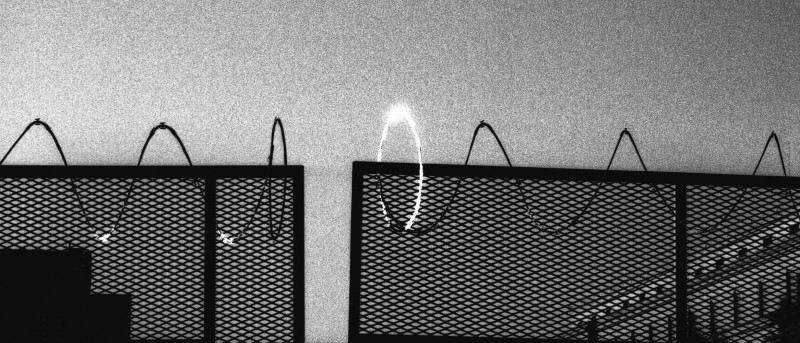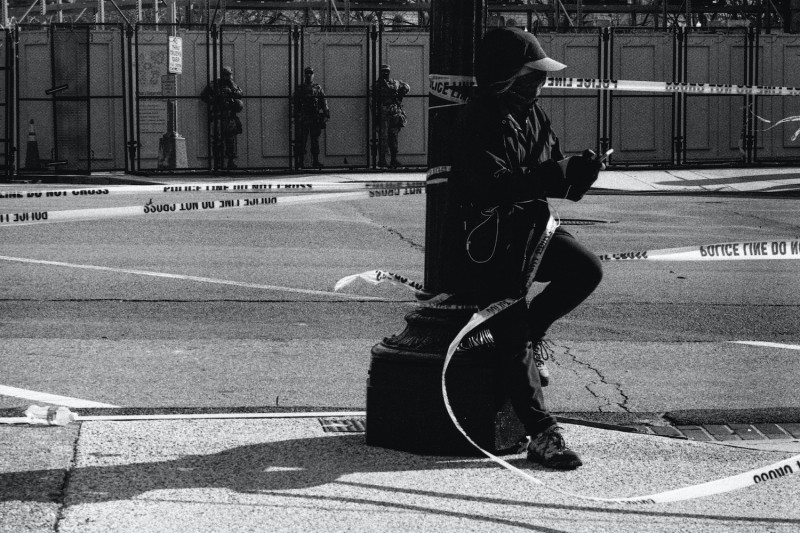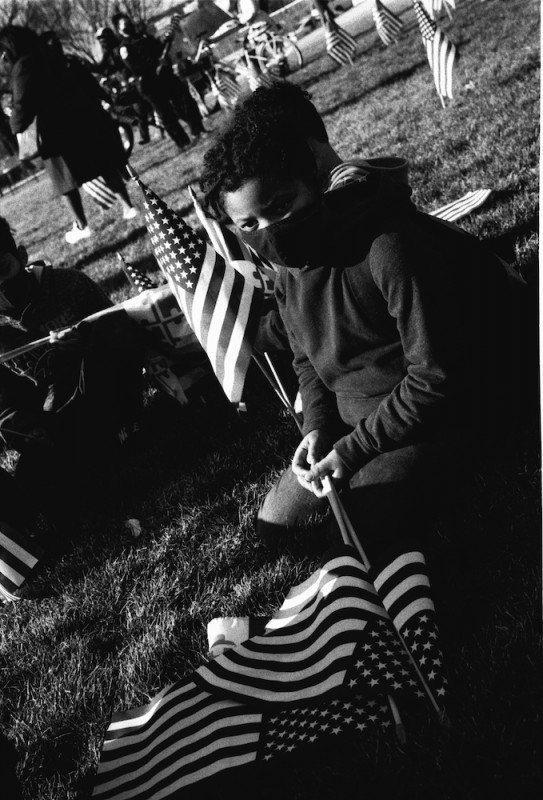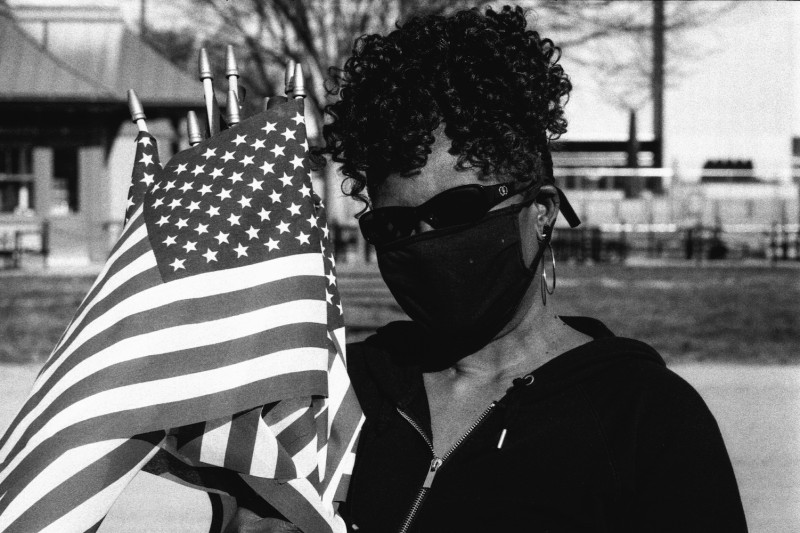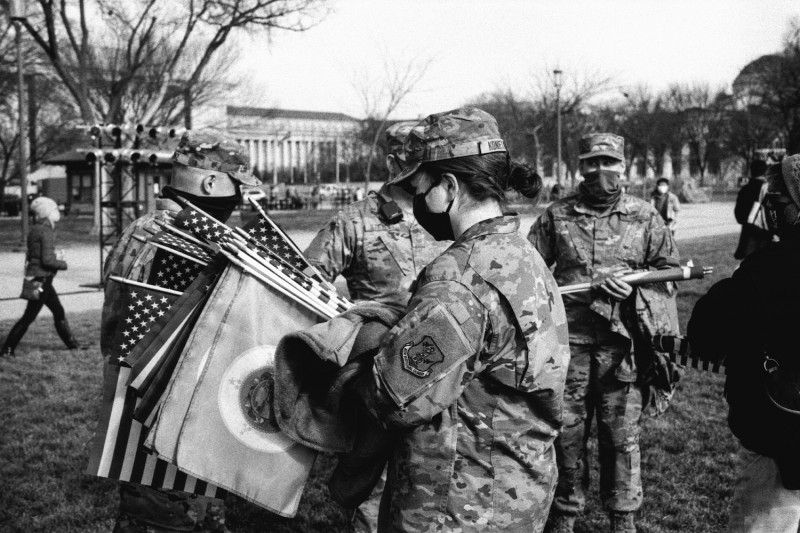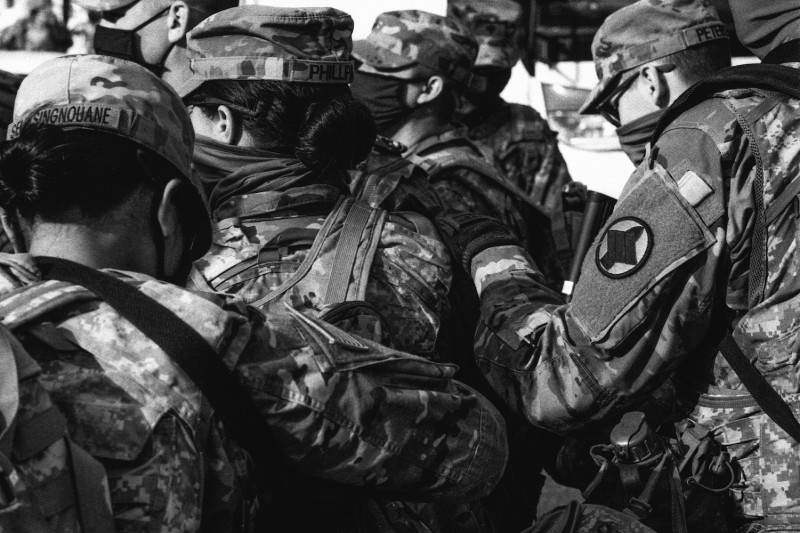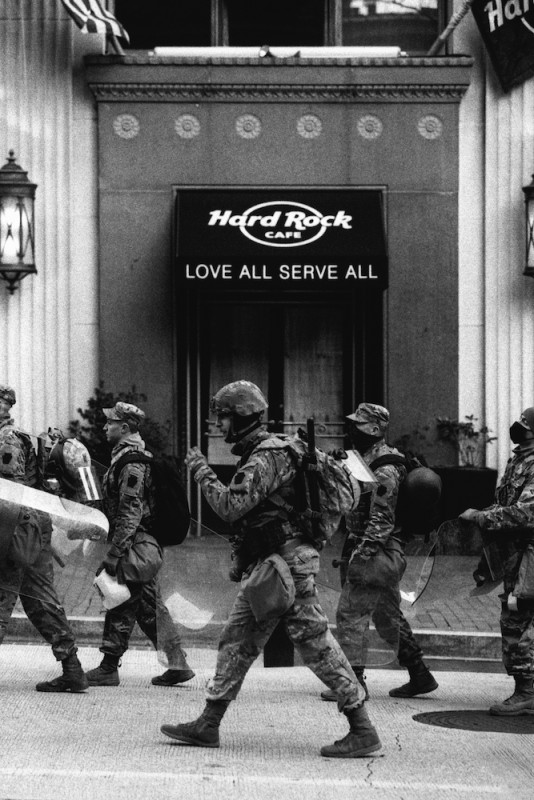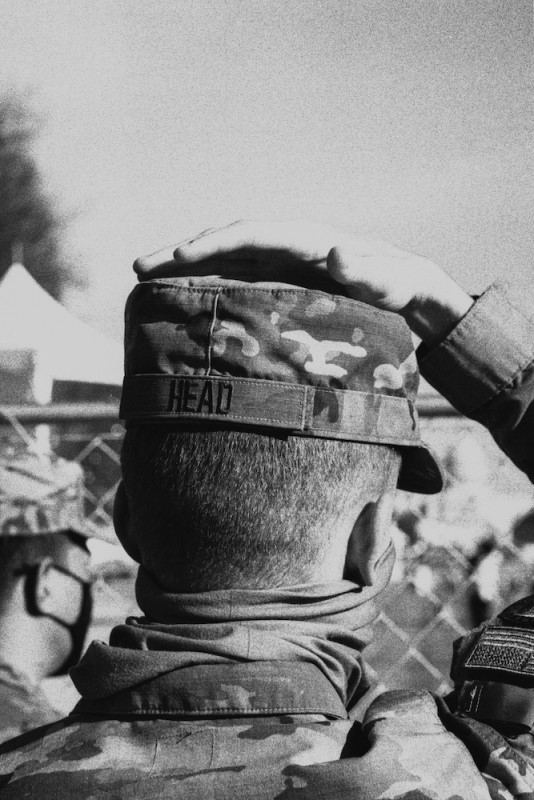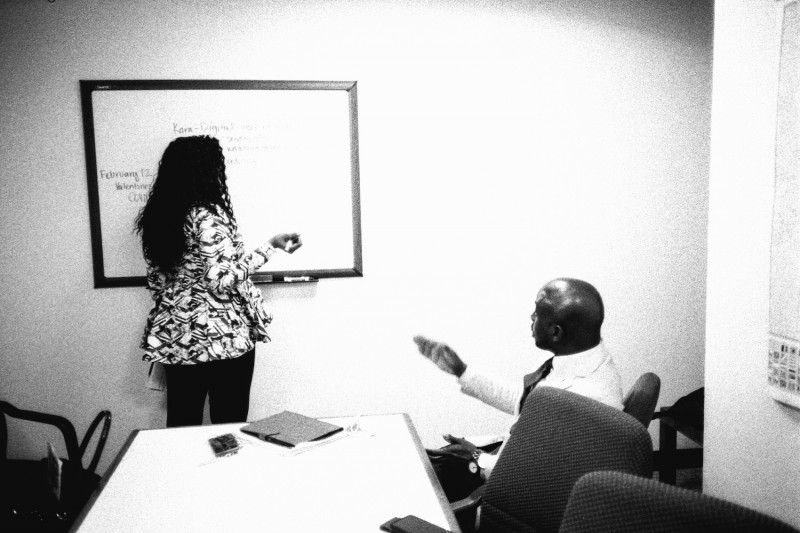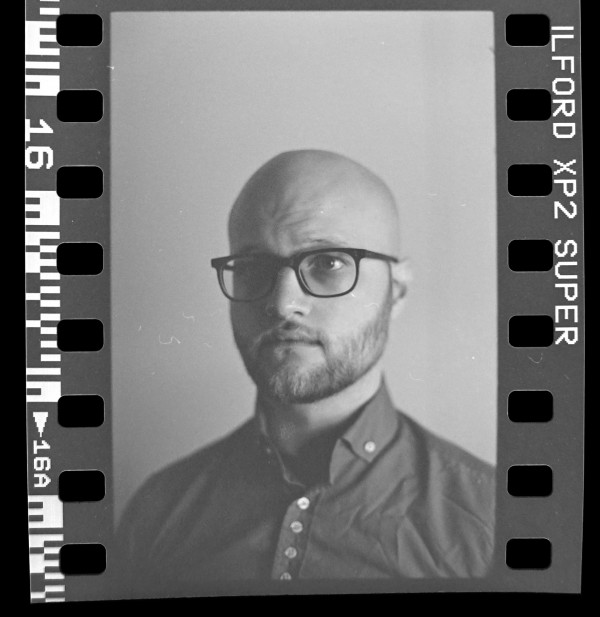D.C. Exclusion Zone
D.C. Exclusion Zone
Simon King
January 14, 2022
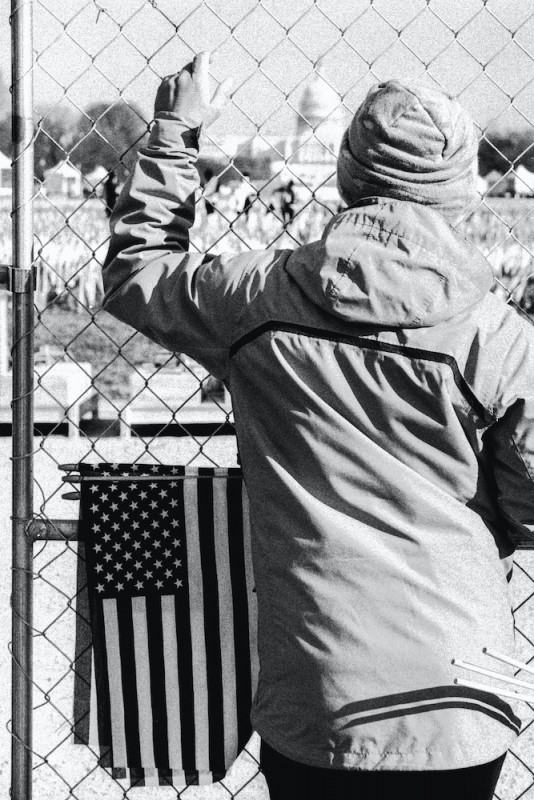
LFI: How did you experience the 59th Inauguration – and what set it apart from others?
Simon King: The foundation for this body of work came from my perception of this event representing something special in the tapestry of the American status quo. It was the first Inauguration I’d had any interest in attending; my work in the USA up to that point had been general and generic, exploring superficial slice-of-life stories. This was a story occurring under a global spotlight, and I was drawn to document it in November 2020, when I watched live as people took to the streets in a collective state of out-breath, a tension broken both for those applauding their win and those distressed by their loss.
What camera did you use and what made it special for that particular event?
I worked with two cameras, a Leica M6 and a Leica M4. I had 35mm, 50mm, and 90mm lenses, though I very rarely used the 35mm: the 90mm stayed on my M6 throughout, and the 50mm spent most of its time on the M4. Rangefinder cameras are an incredible storytelling tool, and for an environment like this there’s nothing I’d rather have used. Small and light I was able to move quickly, and with short to mid lenses I was concentrated on a close radius around me, rather than anything happening far away in the distance. At one point I climbed out along a ledge on the Lincoln Memorial, in order to get a higher angle of a group of soldiers beneath me: no worries about balance with my lightweight kit. I need my cameras to be second to my ability to manoeuvre through any situation; simple to operate which allows my literacy to be visual rather than technical. There’s no other camera I would have considered carrying with me.
The flag and its colours are a symbol of America, but you photographed in black and white. Why?
I was working on this story with black and white film loaded into two of my M cameras: in total 6 rolls of Ilford HP5+, and 1 roll of Ilford Delta 400. I like to work with consistency, and black and white imagery used to tell a narrative story, is something that has worked better for me so far than anything I’ve made in colour. Black and white describes less than colour photography; but that limitation means I can concentrate more on the content of the frame, in terms of what is happening rather than what something simply looks like. Everyone knows the Star-Spangled Banner is red, white and blue; it's as universal a semiotic signifier as grass being green or the sky being blue. Even without colour it is still recognisable and contains the information I need it to, without reminding people again what colour it is.
After Trump, this time a Democratic President was elected. What feelings did you have while taking the pictures?
Aside from a few banners being held or flags being worn, the names “Biden” and “Trump” barely appear in the story, because it truly isn’t about them, or the view they may individually represent. They have enough accolades without needing to be highlighted in any way through my photography. I would rather focus my attention where I believe the true power resides: with the people.
This chapter, and hopefully the wider story I end up telling in my work in the States, will be a humanistic exploration, not an ego-driven manifesto. I’m not interested in cults of personality or seats of far reaching power; my attention is drawn to those who attach themselves to those agendas, and who may do their best to extol their beliefs within their communities, families, neighbours, not through imposition of will but through an outstretched hand.
Simon King+-
...is a documentary photographer and writer, working with 35mm film for long-format photo essays. His photographs work to illustrate narrative stories featuring classic arcs and structures, in order to present clear studies based on his humanistic perspectives. King teaches at UAL and the Leica Akademie in London, including narrative storytelling, darkroom techniques and practices, and book sequencing and design. More

